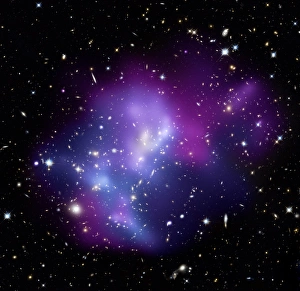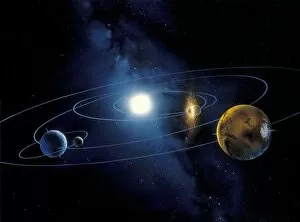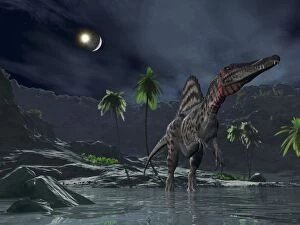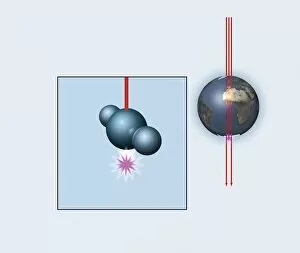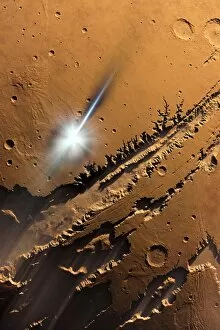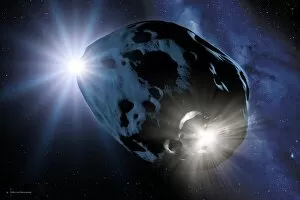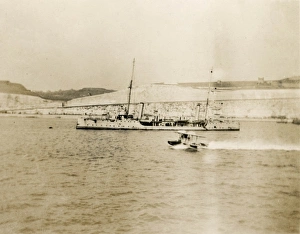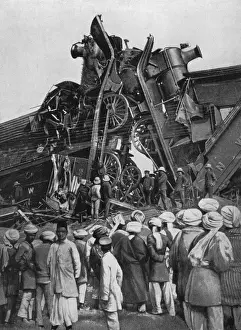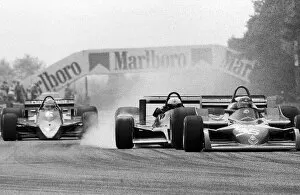Colliding Collection (page 6)
"Unveiling the Mysteries of Colliding Worlds: From Particle Physics to Galaxies" Witnessing the birth of a universe within particle collisions at the Higgs boson event
All Professionally Made to Order for Quick Shipping
"Unveiling the Mysteries of Colliding Worlds: From Particle Physics to Galaxies" Witnessing the birth of a universe within particle collisions at the Higgs boson event, captured by ATLAS detector C013 / 6892. Antennae colliding galaxies create a mesmerizing cosmic dance, as seen through the lens of Hubble's captivating image. Interacting galaxies engage in an intricate celestial tango, revealing their hidden secrets and shaping our understanding of galactic evolution. Exploring the depths of particle physics research, where collisions unlock new frontiers and unravel fundamental mysteries. Marvel at the breathtaking artwork depicting colliding galaxies, showcasing their majestic beauty amidst chaos and transformation. The Whirlpool Galaxy (M51) embraces its companion galaxy in a gravitational embrace that shapes their shared destiny across vast cosmic distances. Delve into the realm of particle collision through captivating artwork C018 / 0942, capturing fleeting moments that hold profound scientific significance. Zeta Ophiuchi's bow shock leaves us awestruck as we peer into its infrared image C016 / 9726 – a testament to nature's grandeur when worlds collide. Brace for impact. The predicted collision between Andromeda galaxy and Milky Way promises an awe-inspiring spectacle that will reshape our night sky forever. Unleashing unimaginable energies within particle collisions fuels groundbreaking discoveries on both microscopic and universal scales alike. Behold the enchanting Whirlpool Galaxy alongside its loyal companion, reminding us how even amidst chaos, unity can emerge from collisional encounters. Journey into realms unknown with powerful particle accelerators as they propel us towards unlocking nature's deepest secrets through controlled collisions.







